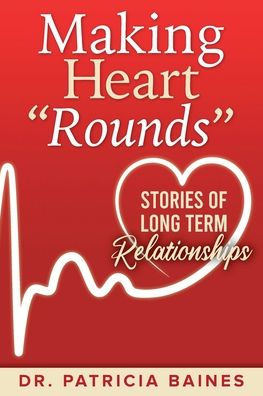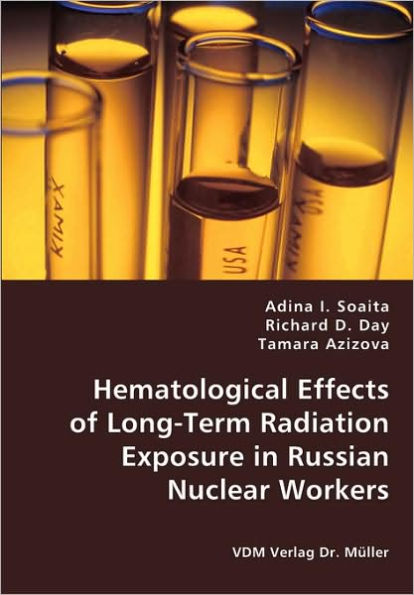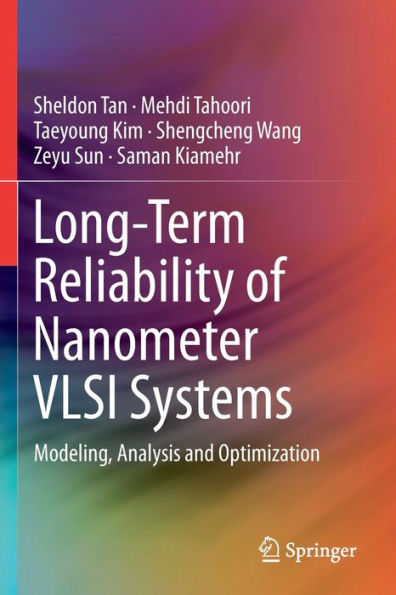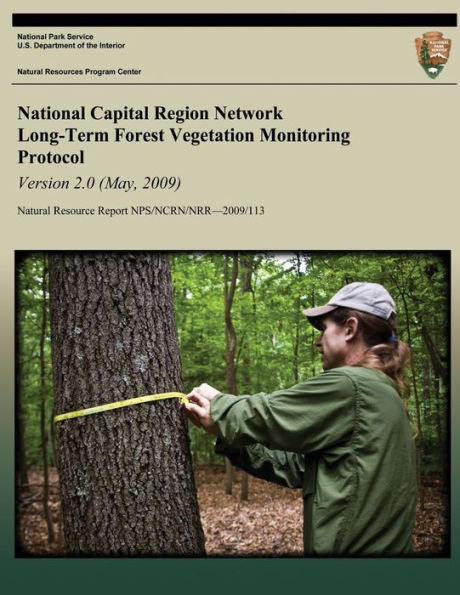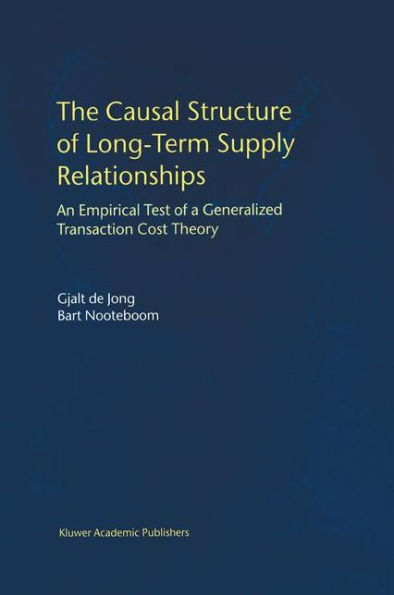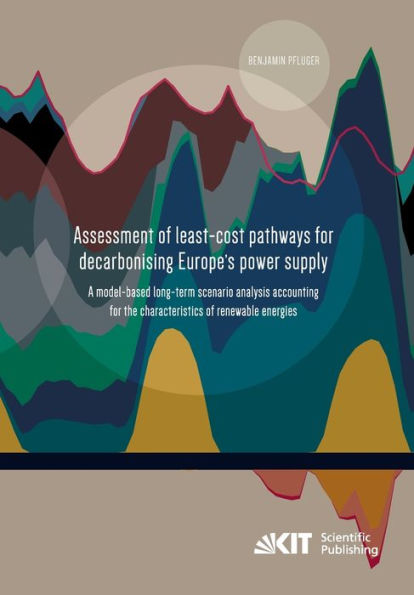Home
Analysis of long-term variability in Total Ozone Column and Erythemal Ultra-Violet Radiation over Indian Region: Their Functional Relationship with Atmospheric Factors


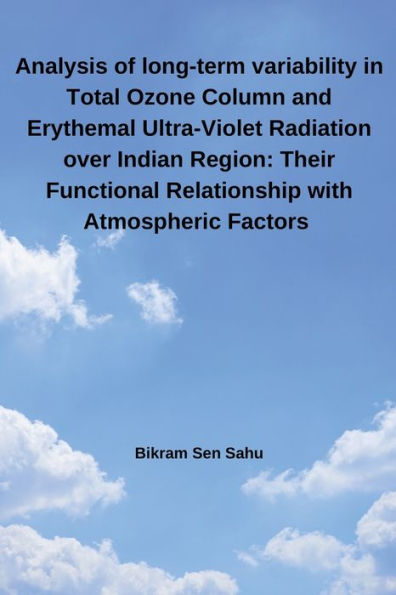
Analysis of long-term variability in Total Ozone Column and Erythemal Ultra-Violet Radiation over Indian Region: Their Functional Relationship with Atmospheric Factors
Current price: $32.00
Loading Inventory...
Size: OS
Globally, last five decade's scientific research, focused to comprehend complexity of atmosphere, its functional attributes and dynamic-interactions of atmospheric sub-processes has highlighted the important role played by the stratospheric region- composition, chemistry, photo-chemistry and resident cyclic processes- with reference to the existence and sustenance of bio-sphere on the Earth; an understanding stressed upon in many IPCC reports over the years. Particularly, the central role played by the dynamics of ozone chemistry/photochemistry (formation and destruction) by filtering selectively the solar Ultra Violet radiation (wavelength < 320 nm) and thereby preventing its reach on to the surface of the earth stands out. Overall consequence of stratospheric ozone as a dynamic atmospheric process are global and far reaching: (1) vital for the evolution, existent, reproduction and survival for all life forms (microbes, plants, crops, animals and mankind); (2) affects global climate by impacting stratospheric temperature regime; and (3) drives the natural plant bio-diversity richness in tropical regions. The dynamics of ozone layer's extent in the stratosphere is significantly affected by, not only the variability in the natural composition of stratospheric constituents but also influenced by the short and long term cyclic process: diurnal, annual, solar activity (SA), quasi biennial oscillation (QBO) and El-Niño southern oscillation (ENSO). In addition, the presence of the stratosphere of Effective Equivalent Stratospheric Chlorine (EESC) compounds, which play a role as ozone depleting substances (ODS), has emerged as an important anthropogenic factor in the decline of stratospheric ozone layer.

